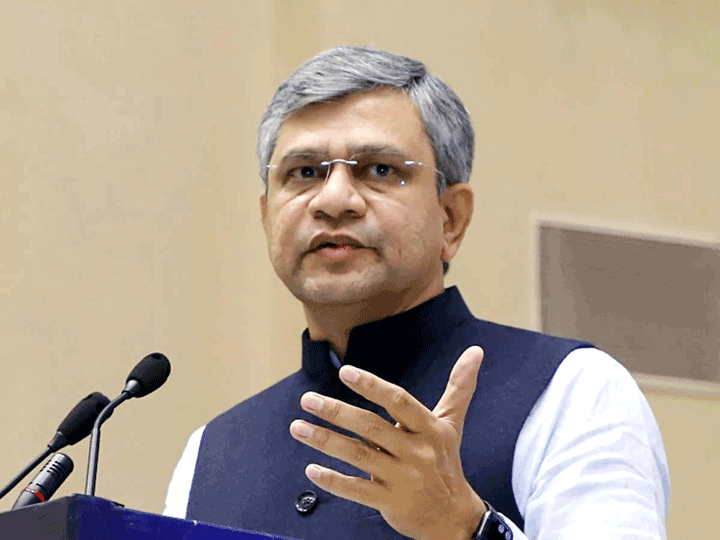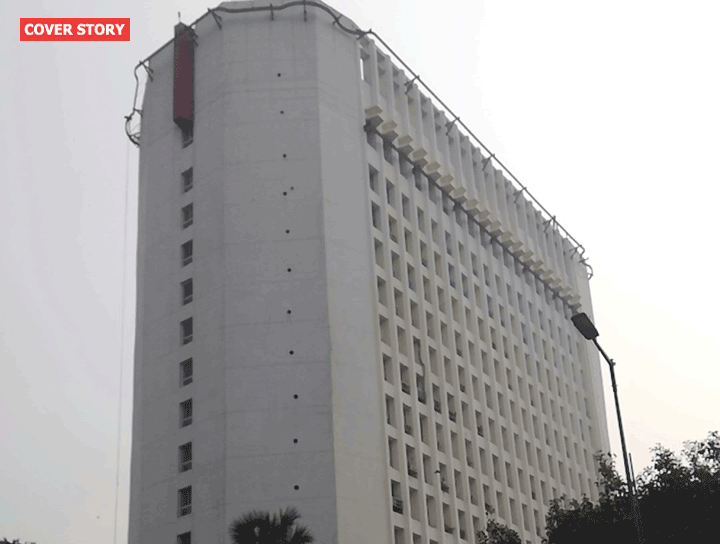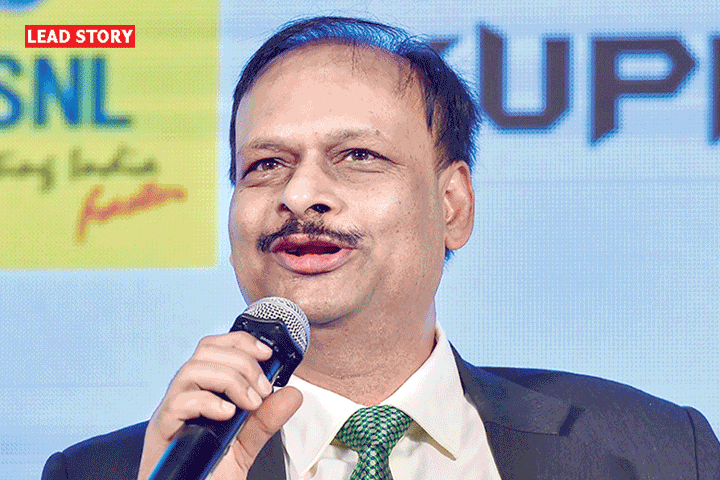India’s 1 lakh Gram Panchayats become Internet-service ready
BJP-led NDA government’s ambitious BharatNet program has finally reached out to as many as 1 lakh Gram Panchayats or village blocks, as a part of first phase, telecom minister Manoj Sinha Monday said.
“101,370 Gram Panchayats are service ready as of Dec 28, 2017 while the second phase has already been initiated with eight states doing at their own,” Sinha told while felicitating agencies and officials for the successful deployment of the first phase of BharatNet.
The program conceived by Manmohan Singh-led UPA-II government, in 2011, has been marred with localised challenges and missed various deadlines since then.
Sinha also said that a dialogue with telecom service providers was fruitful as the companies were committed to provide services to 70,000 village blocks by using optic fibre network and ensuring low tariffs.
Telecom department (DoT) has in November last received an advance payment of Rs 18 crore from service providers.
In July 2017, the Cabinet approved the second phase of the national broadband initiative at an outlay of Rs 31,000 crore with the active role of state governments and private players.
2.55 lakh kilometres of optic fibre cable (OFC) has been laid so far, according to DoT, as a part of scalable network infrastructure accessible on a non-discriminatory basis to offer on-demand Internet services to rural India.
“Rural India will get benefit of technology advancement and it (BharatNet) will facilitate direct and indirect employment opportunities for many, and can contribute to the inclusive growth of India” the minister added.
The government, according to him, is also planning to reward good performers by way of putting financial incentives for motivation and disincentives for those missing deadline or poor show.
However, telecom secretary Aruna Sundararajan and USO (Universal Service Obligation) Fund administrator Sanjay Singh are likely to take a joint call on how to incentivize BharatNet stakeholders for their performance.
Sinha also stressed in putting up efforts aggressively so that the second phase could be completed before time or by December 31, 2018.
The second phase of the Manoj Sinha’s prestigious program to connect remaining 1.5 lakh village blocks by March 2019, also talks about ensuring broadband delivery through satellite at 5,300 locations, radio communications and aerial fibre via electric poles in Andhra Pradesh and Tamil Nadu.
“It is important to note that 800 kilometre of OFC has been laid per day for 250 consecutive days which is a global record in itself, telecom secretary Aruna Sundararajan said.
The top official also said that reliance on foreign-made equipment has cut down with indigenously-manufactured components developed by telecom R&D agency C-DoT (Centre for Development of Telematics) were used in BharatNet.
“ITI (Indian Telephone Industries) that was facing severe challenges has now become a leading manufacturer of G-PON (Gigabit Passive Optical Network) while BSNL (Bharat Sanchar Nigam Limited) is putting its best foot forward, Sundararajan said.
The government also felicitated state-run BSNL as the ‘Best Implementing Agency’ as well as recognized Sterlite Tech and Finolex as OFC suppliers, and state-owned ITI and Tejas Networks as equipment providers.











